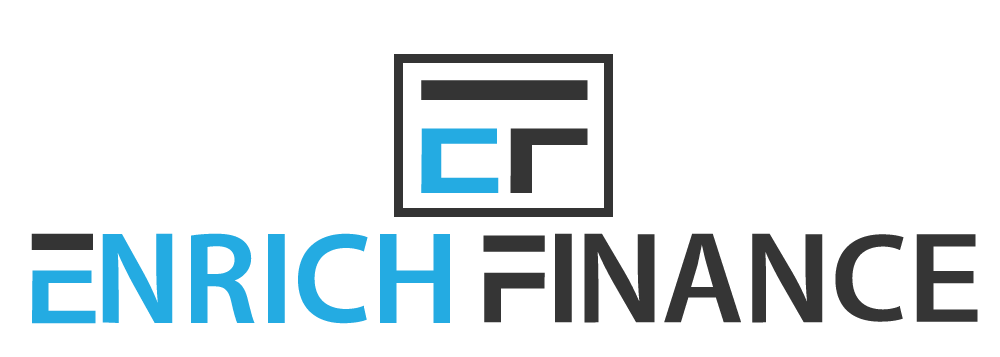Have you considered setting up your own practice or buying into one?
It is a big commitment and the process can feel daunting, however it doesn’t need to be. Mint Advisory and Enrich Finance invite you to attend an exclusive dinner on Thursday the 30th of August showcasing the tips and traps for taking the next step.
Dinner will be served at Macquarie whilst taking in the beautiful city views of Melbourne.
The evening will include presentations from industry experts who will discuss the key areas involved in mapping out your ownership goals.







